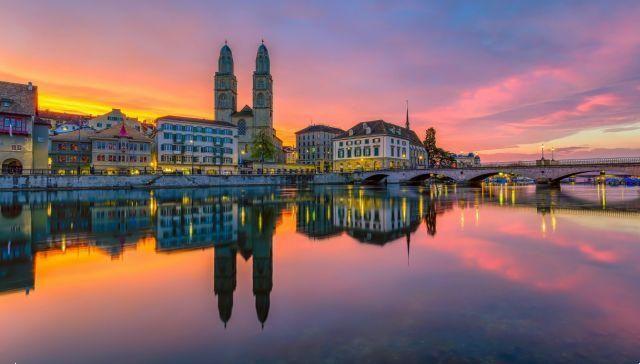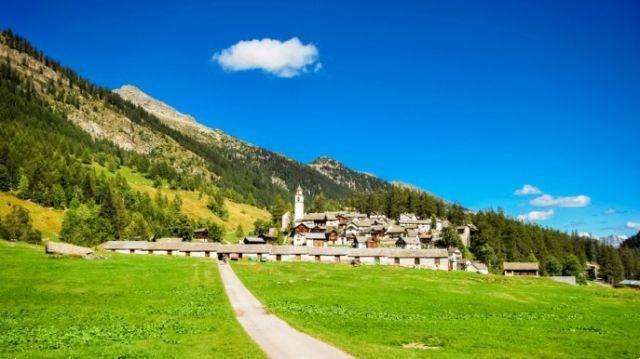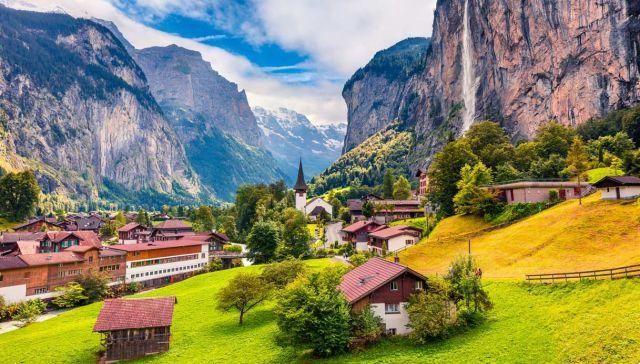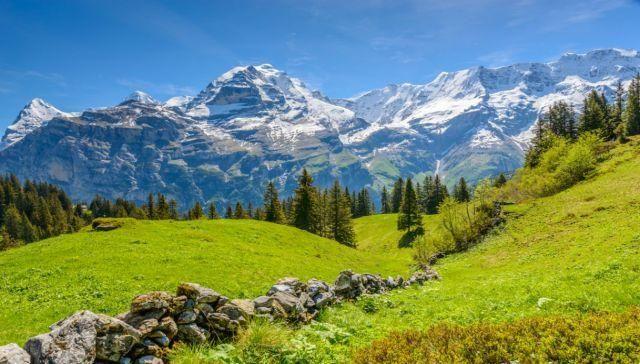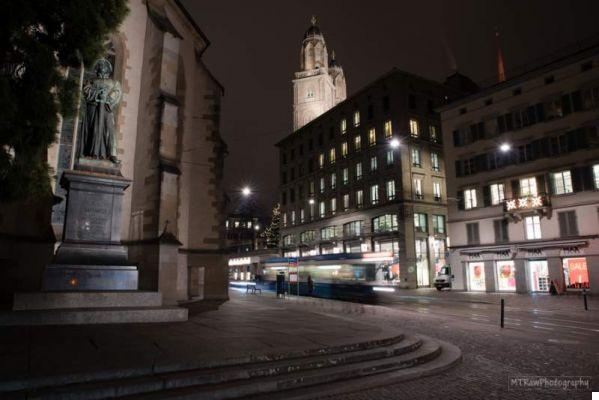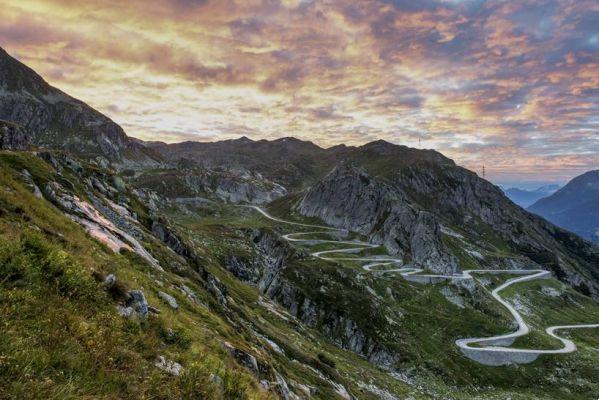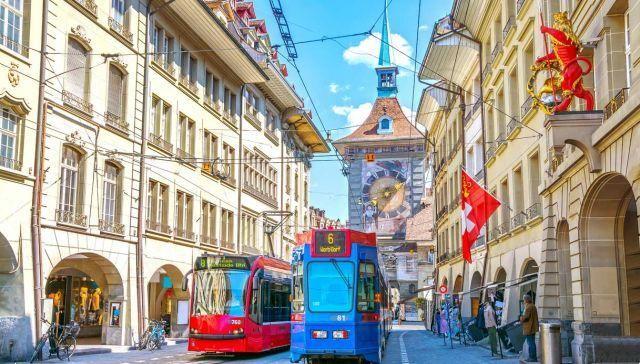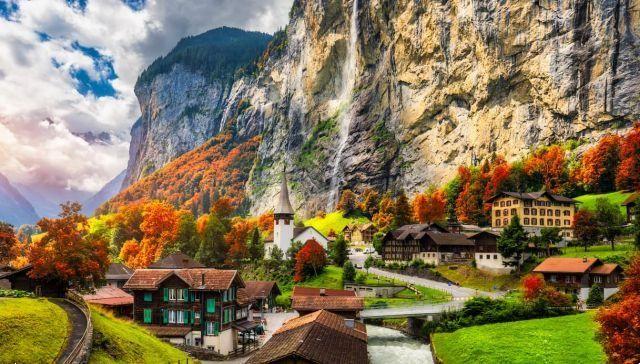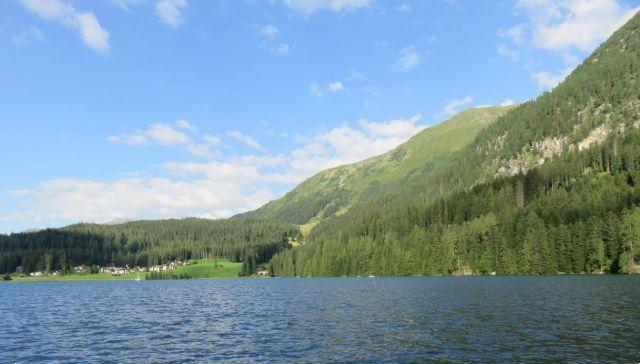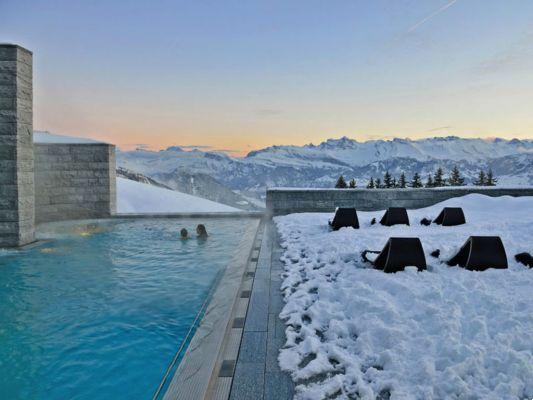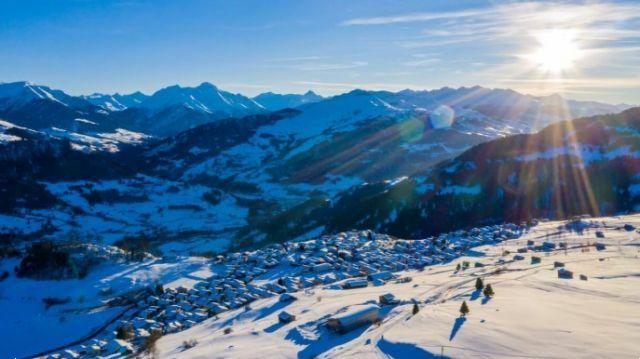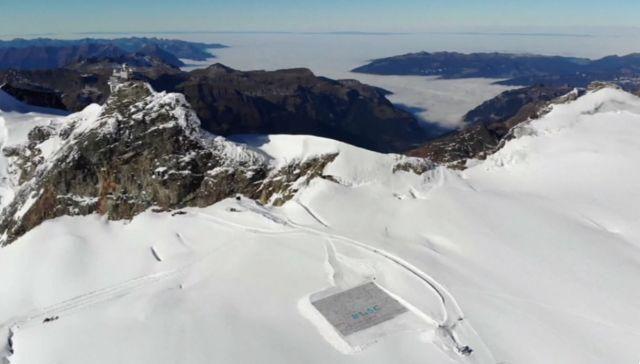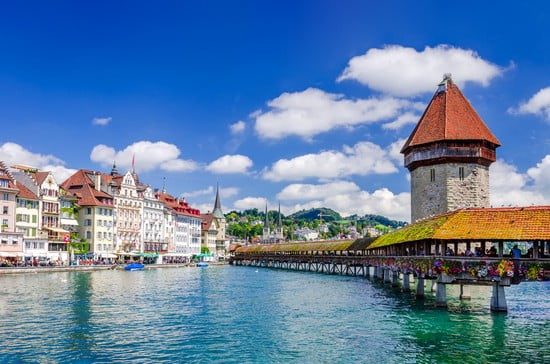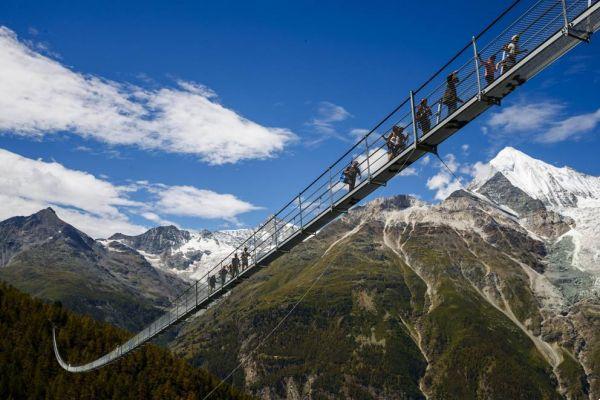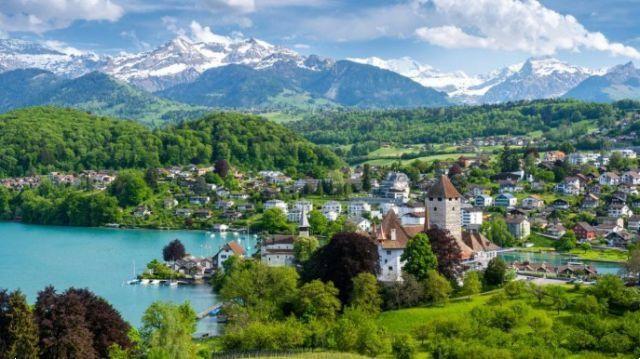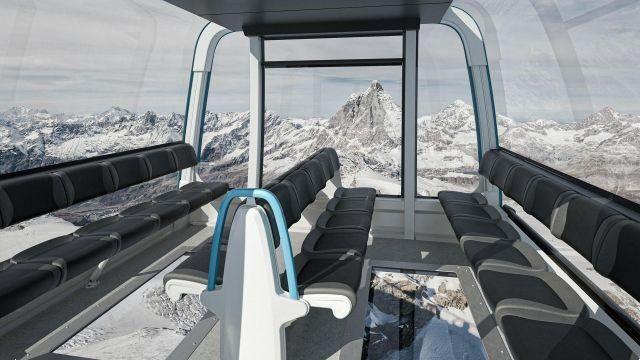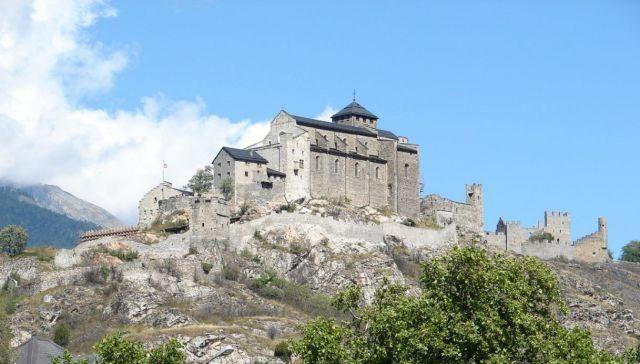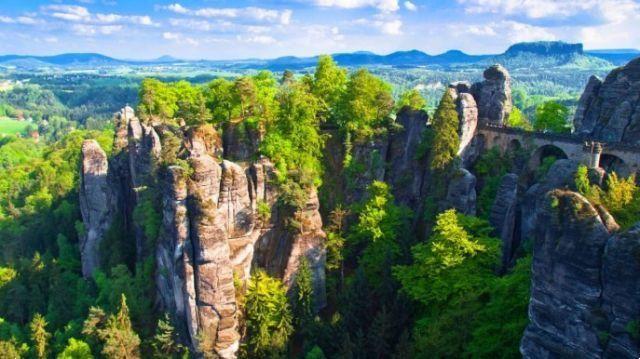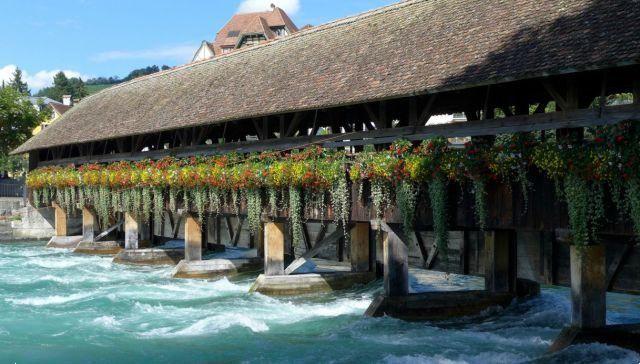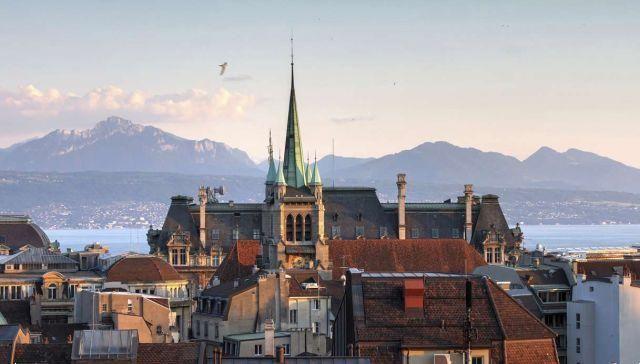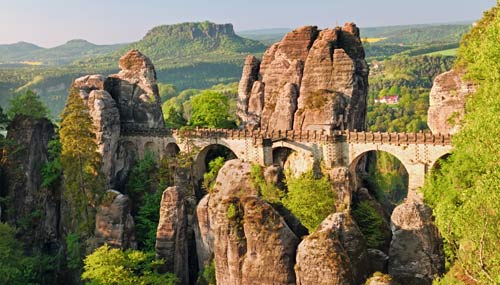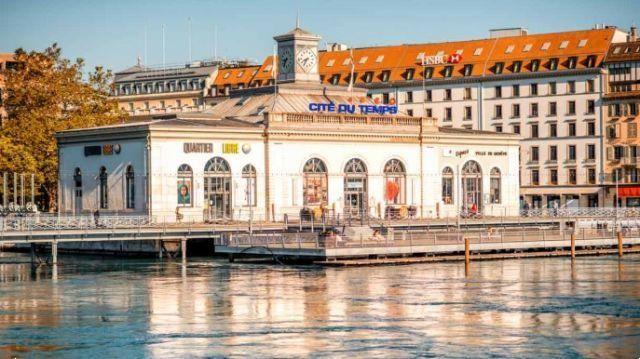
Source: 123rf
The Swiss are the minority here. To hear who to Geneva was born there, it is the least Swiss city in the Swiss Confederation. Why they choose it as a place to move to live is soon clarified: it is a paradise. Don't think about the usual economic side: Geneva is a city where people live well.
According to a survey by Mercer Quality of Living Survey, Geneva is among the ten most livable cities in the world and based on the latest analysis by the Federal Statistical Office (FSO), it ranks first for accessibility of services and has the lowest mortality rate under 65 years of age. Genevans can also count on high accessibility to public transport: there are in fact more than nine bus stops per square kilometre.
And it is on foot or by public transport that a tourist can visit Geneva very well, even on a weekend. First of all, from Italy it can be reached by train. Often - as in December, during the Christmas markets - there are offers starting from 25 euros. Once you arrive in the city (the train station is right in the centre), a pair of comfortable shoes is enough to discover its historic centre, the lakeside promenade and the wonderful Carouge.
Geneva, city of water
Everything revolves around water. The Lake Geneva – which we call Lake Geneva -, the largest in central Europe, joins the Rhone right here. All around is a frame of mountains that separates the city from the France with which it borders. On both sides of the river, Geneva develops, modern on one side, on the Left Bank, and historic, the vieille-ville, on the other, on the Right Bank. And water is one of the symbols of Geneva, the famous Jet d'eau, located precisely at the point where the lake is preparing to flow into the Rhone. It is a very high and unique spray of water of around 140 metres, visible throughout the city and even when flying over Geneva, from an altitude of ten thousand metres. The only period in which it is turned off is in November, when it is closed for routine maintenance.
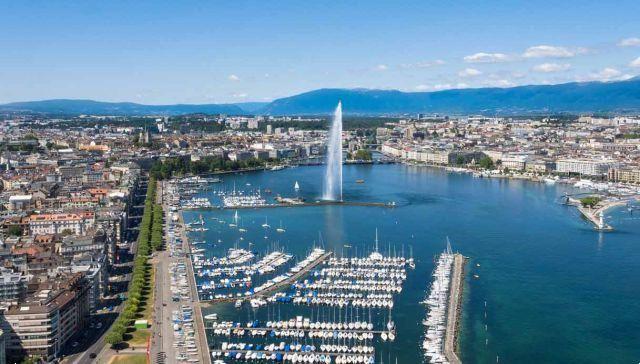
Source: 123rf
Among the experiences to have there is certainly one minicrociera on Lake Geneva, perhaps at sunset, to admire the skyline of the city, the surroundings made up of hills and splendid patrician villas and the profile of the Jura chain. And to think that until 1800 the lakefront was only used as a warehouse - or landfill - and that only recently have some beautiful promenades been created, overlooked by some of the most prestigious hotels in the city. Including the famous Beau Rivage, where Princess Sissi stayed and where she was murdered at the hands of the Italian anarchist, Luigi Lucheni.
The old Town
Narrow, cobbled streets, stairways, steep climbs and hidden passages between ancient buildings, often known only to Genevans: the old city is a truly unexpected little jewel. The bell tower of St. Peter's Cathedral dominates Geneva from above. To enjoy one of the most beautiful views of the lake and the red roofs you have to go up there. Built in the 12th century, the Cathedral is the symbol of the Protestant reform of which Geneva was a great protagonist.
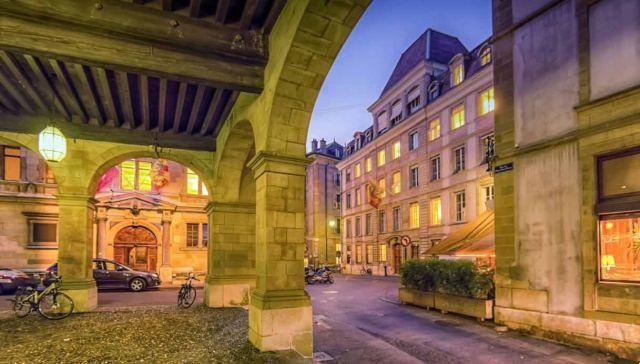
Source: 123rf
The oldest square in the city is Place Bourg-de-Four. Here, in the Middle Ages, the city market took place. Geneva was a city of fairs and markets, traders stopped there before reaching France. Today it is a beautiful corner of the vieille-ville, full of historic places where you can drink a coffee and admire the comings and goings of tourists. Also remaining from the Middle Ages are the delightful passages or tunnels which were once used to escape in the event of attacks and which today are an excellent opportunity to enter the private courtyards and discover a more hidden Geneva full of personality.
Among the most famous is the Passage de Monetier, which is opened once a year on the occasion of the most important celebrations (including Christmas and the market, which in any case is beautiful, very international, with many food stands and a real own Swiss chalet where they serve fondue and which overlooks the lake), that of the Escalade which takes place in December and which celebrates Geneva's independence from the Savoyards achieved in 1602.
Among the unmissable places in the historic center there is certainly the Tavel House, one of the few remaining examples of medieval architecture, and to think that Geneva was once surrounded by a succession of city walls. Right on the top floor of this small museum there is a wonderful maquette of how Geneva looked in the medieval period.
The Carouge, the city within the city
It is undoubtedly the most delightful and unexpected area of Geneva. In fact, it would be a municipality in itself, in practice it is a city district that you never get tired of seeing. Built from scratch by the architects of Vittorio Amedeo III of Savoy, King of Sardinia and Duke of Savoy, starting from the end of 1700, it looks like a town in Southern Italy. Low pastel-colored neoclassical style houses, shop windows on the ground floor in every building, checkerboard streets on which the square blocks were built. Many of them hide delightful internal courtyards and beautiful secluded gardens, which have remained in good condition to this day and which are home to restaurants, local designer shops, workshops, ateliers, antique dealers and, of course, watchmakers.
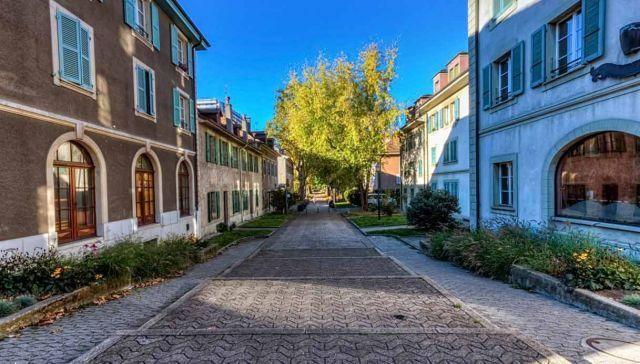
Source: 123rf
The commercial prosperity of Carouge, however, dates back much earlier than the Savoys. Its strategic position was already known since the Middle Ages. Carouge or "crossroads" was a crossroads between roads, an obligatory transit route for merchants, soldiers and travelers who, coming from Southern Europe, arrived in the Geneva area headed towards the Swiss territories, crossing the bridge over the Arve, the river which it faces.
Even today the Carouge has maintained its Southern charm and it's great to visit at any time of day. You can get there with a nice walk or by tram.
The city of watches
The watchmaking tradition in Geneva is centuries old. It was in Calvin's time that many goldsmiths and table clock makers, who fled their countries and took refuge in Geneva, gave life to one of the most developed industries to date. For Calvinism, the display of wealth was considered a sin, which is why instead of sacred objects, practical watches began to be produced, which were also useful for everyone to always arrive at the right time at school, at work, etc. From table clocks to wrist watches, invented during the war, it was a short step. Today, in Geneva you just need to look up to find the signs of the most famous watch brands, most of which were born in Switzerland.
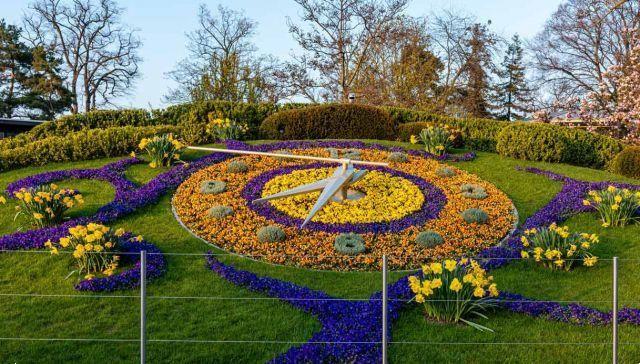
Source: 123rf
The “Poinçon de Genève”, the stamp that is imprinted on the watches is a guarantee of authenticity and extremely high quality craftsmanship and is recognized throughout the world. Today, tourist guides organize tours dedicated to watchmaking, from visits to the places of the so-called "cabinotiers", those who made watches on the top floor - due to the greater light - of some buildings in the Saint-Gervais district to museums such as that of Patek Philippe or the Cite du Temps, the watchmaking museum in the center of the city, from the inevitable selfie stop to one of the other Geneva symbols, theFlower clock in the English Garden, in front of the lake until taking part in workshops - such as the one at Initium, in the Grand-Rue - where you can learn how to build your own watch to take home.
Geneva, international city
Geneva has always been considered the city of those who today we would call "expats". It welcomed persecuted Protestants, first of all John Calvin who made it "his" city, and for this reason it earned the nickname "Protestant Rome" you hate "city of Calvin“. Here Calvin met the reformer William Farel with whom, in the mid-1500s, he reorganized the church and city politics, influencing half of Europe.
But many international personalities also found refuge there, like Lenin, before the Russian Revolution of 1917. It is thanks to this tradition of welcome and the well-known Swiss neutrality that numerous international organizations have decided to establish their headquarters here.
There we find the United Nations Organization (ONU), whose European headquarters are located at the Palais des Nations, UNICEF, the International Committee of the Red Cross (very interesting to visit), the Cern (the European Organization for Nuclear Research), the World Health Organization (WHO) and many more.
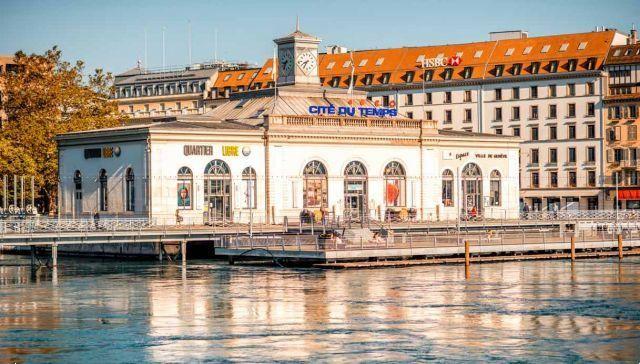
Source: 123rf




